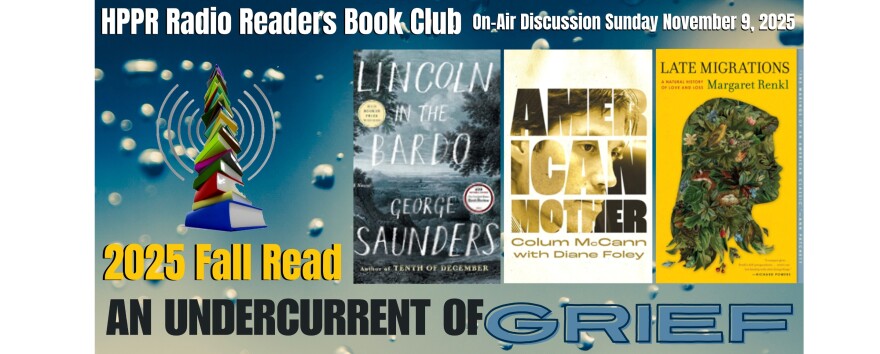Hi I’m Valerie a radio reader from Topeka and I just finished Elevations: a Personal Exploration of the Arkansas River by Max McCoy. The volume was chosen as a 2019 Kansas Notable book and I can see why. I really enjoyed this book.
Elevations fits into this fall’s Radio Readers theme of Rivers: Meandering Meanings as it is an intimate telling of the histories of the land and communities surrounding McCoy’s by-water-voyage of the Arkansas River beginning in Colorado and ending in Kansas. For me, the book had the homey, love story feel of William Least Heat-Moon’s PrairyErth (1991) which was a homage to Chase County, Kansas.
I was particularly impressed by the wide array of stories that McCoy shared. A few of the many river histories he told included Japanese internment, Indian massacres and a bomb plot to kill Muslims. I’m going to focus on two to share with you—the “ABCs of Internment” and the “Land of Quivira.”
The “ABCs of Internment” takes place in southeastern Colorado not too far from the Kansas border and begins, “This is the story the archaeologist asked me not to tell.” How could this line not pull me in? I had to know more.
As a historian I’m familiar with the general story of internment—the removal and imprisoning of thousands of Japanese from the West Coast, many of them citizens, during World War II. I had forgotten, however, that Colorado was one of the camp sites and I didn’t know that it was so close to Kansas.
McCoy deftly tells the story of Camp Amache, one of 10 sites administered by the War Relocation Authority. The camp was like many of the others that house the over 120,000 people of Japanese ancestry (2/3 of whom were American citizens) in that its 8000 or so residents lived in “overcrowded tar paper shacks, barbed wire, armed patrol, and guard towers with searchlights” (150).
Executive Order 9066 was issued by President Franklin Roosevelt on February 2, 1942 and stripped citizens of Japanese descent of their civil rights. Most of the internees had less than 2 weeks to secure their property and pack 2 suitcases to take with them. They didn’t know where they were going and were unused to the harsh climate of eastern Colorado.
McCoy takes part in an archaeological dig 70 years after the closing of the camp. Only stone foundations remain as the camp was dismantled at the end of the war in order to reuse the wood and the site was then used as a trash dump.
As McCoy notes, the findings of the dig reveal optimism despite living under such cruel conditions. Internees tried to make their surroundings comfortable and homey by building raised walkways, Japanese baths, and “transforming the landscape through the planting of trees and maintenance of well-tended gardens” (152).
Nonetheless, this dark period in American history remains a stain on our past. As McCoy notes, internment represents the “racism and brutality of forced removal and imprisonment without trial” (153).
“Land of Quivira” was another chapter that caught my eye. Here McCoy tells the story of the river near Great Bend in central Kansas. He manages to weave together the exploration in search of gold by Spanish conquistador Francisco Vazquez de Coronado in the 16th century with former Kansas governor Sam Brownback (through the thread of Catholicism) and the 20th century painter John Steuart Curry (through his statehouse murals).
I leave it at that in the hopes that you are intrigued. Thanks for listening. I’m Valerie, an HPPR radio reader from Topeka.









